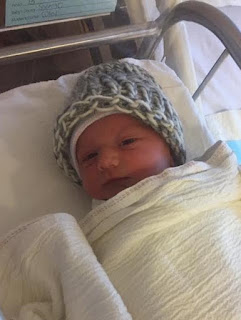As summer comes to a close and the water temperatures begin to fall, it is with great pleasure that we introduce New Jersey’s 7th Annual NJ Fly Fisherman of the Year event. Our goal, as always, is the promotion of New Jersey fly fishing. The format will be a One-Fly Contest on October 29th on Shannon’s Private Waters at the Raritan Inn Bed & Breakfast, Califon, NJ. We are proud to showcase nearly a mile of private waters on the South Branch of the Raritan River as the site for this event. A fully restored 1850’s barn will house displays and dinner. The event is sponsored by The Raritan Inn, Shannon’s Fly and Tackle and co-hosted with the NJ State Council of Trout Unlimited.
Each NJ Trout Unlimited chapter is invited to select one (1) member each to participate in the event. There is no cost to enter and the day will include events such as casting demonstrations, The day’s events will be followed by a pre-registration only dinner @ $60.00, silent auction, and an awards presentation immediately following the day’s events.
Arrival and sign in will begin at 7:00 AM with an orientation at 8:00 a.m. and the start of fishing scheduled for 9:00 AM to 11:45 a.m. Initial contestants will be cut to three finalists competing from 1:30 to 3:00. A cash bar will be open from 4:00 to 6:00pm followed by dinner. Dinner registration is only on line and found here. Presentations and awards at 7:00pm will finish out the fun filled day.
Please join us for what is sure to be a day filled with fish and fish stories alike. We encourage each organization to be creative in selection of the fisherman (woman) representing the club. You might auction the slot, hold it for an honored member, or host your own event for a qualifier.
Sincerely,
Bill Asdal & Jim Holland, George Cassa and Eric Hildebrant
Raritan Inn Shannon’s Fly and Tackle



